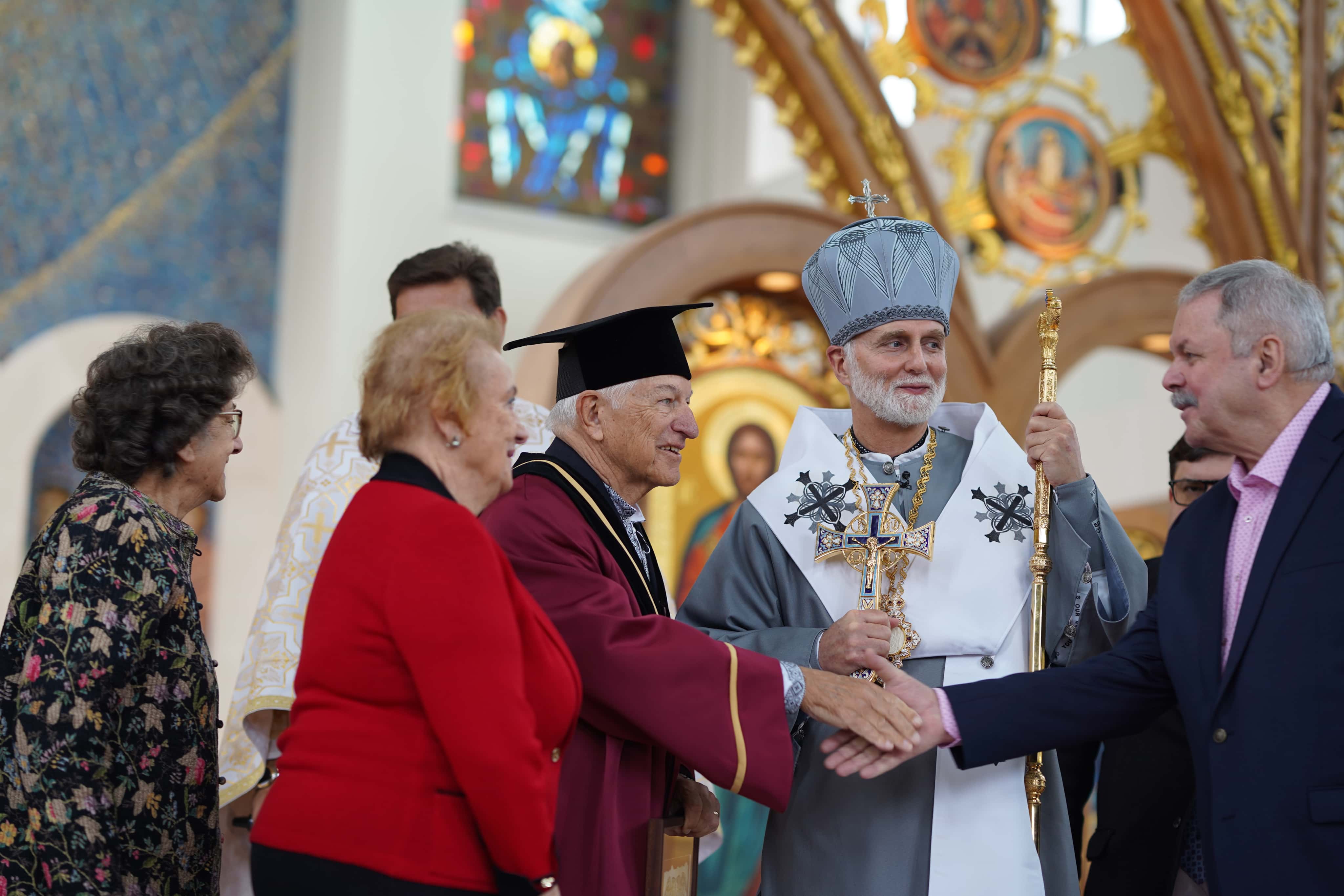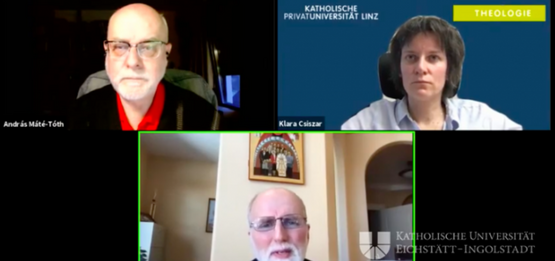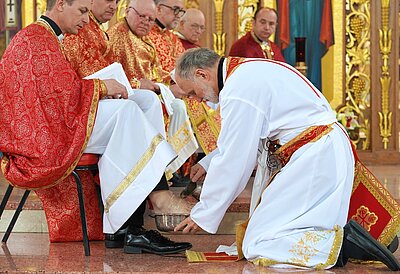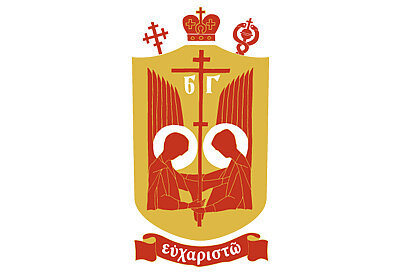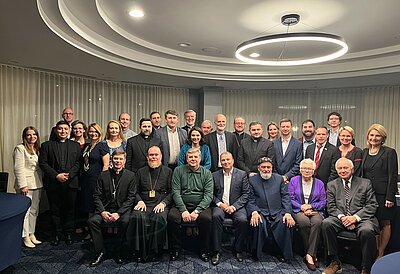Metropolitan Borys spoke at the international conference in Germany about the priestly identity
Together with Prof. Dr. Klara Antonia Csiszar from Romania and Prof. Dr. András Máté-Tóth from Hungary, Metropolitan Borys reflected upon Way of Life and Identity of the Priest during conference at the Catholic University of Eichstätt-Ingolstadt. Archbishop Borys was invited particularly to present the situation with priests in the Ukrainian Catholic Church.
He shared with the audience his own way to priesthood, involvement in academia in Ukraine, and experience of episcopal service in Western Europe and the United States.
“Way of life and identity of priest in the Ukrainian Greek Catholic Church has changed dramatically and many times over the last 100 years. It is in a radical flux and has been so for a century,” he stressed.
Archbishop divided the 100 years into 5 periods, roughly 20 years each.
- In the first period, from 1920 to the outbreak of the World War II, the priesthood was quite traditional. In the Austrian period the clergy became the elite of the Western Ukrainian society. They were educators, creators of schools, advisors in secular, political and economic affairs.
- In 1939 this tradition was brutally attacked by Soviets and for another 20 years the persecution was devastating and unmittened. All of the bishops were arrested and the priests who remained loyal to the Catholic Church were almost all deported to Siberia. That was a period of martyrdom.
- By the beginning of 1960s certain changes occurred. The Church remained a subject of great persecution. To the mid 80s the conviction of the Soviet authorities was that the Ukrainian Greek Catholic Church was a disappearing phenomenon. Statistically it was a case. Priests of that period were witnesses, confessors.
- From 1985 to 2000 we had emerging freedom and a period of transition. Priests have become rebuilders. In a matter of few years a number of priests was restored. It was an exuberant time of building many churches — up to two thousand churches and chapels. The emphasis was precisely there.
- From the year 2000 we have condition when the shock of globalization and technologically fostered communication is strongly shaking all of society and the priesthood as well.
“Now there is a question how to go forward. In these years, the Church is beginning to recognize the nostalgic re-creation and rebuilding of the churches is profoundly insufficient to meet the needs of new generation. Before the priesthood as a modern phenomenon — positivistic and hierarchical. As this paradigm disappears, there is a vacuum and many young priests are looking to rediscover ancient models. There is a desire to have direct and intimate contact within a community”.
Metropolitan Borys also sketched problems for the priests in the Ukrainian Greek Catholic Church in a world of changing reality.

